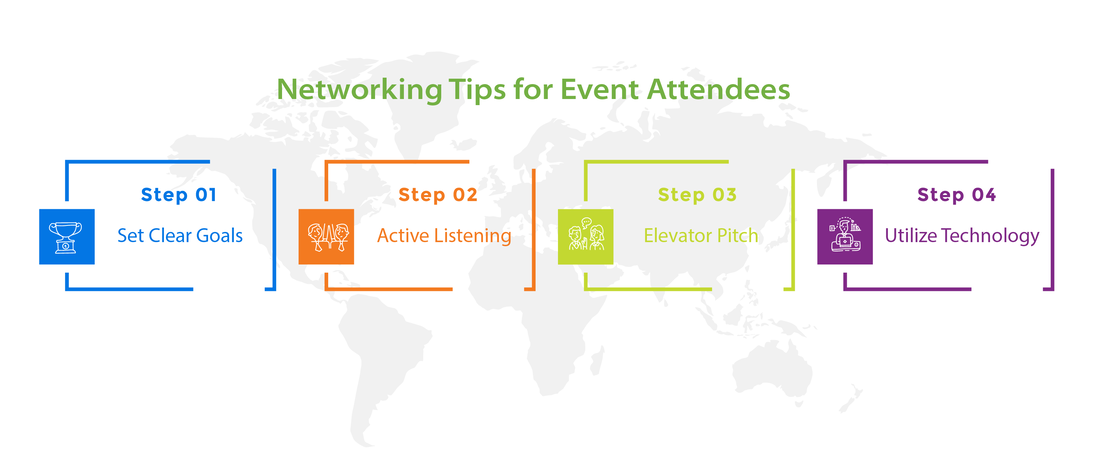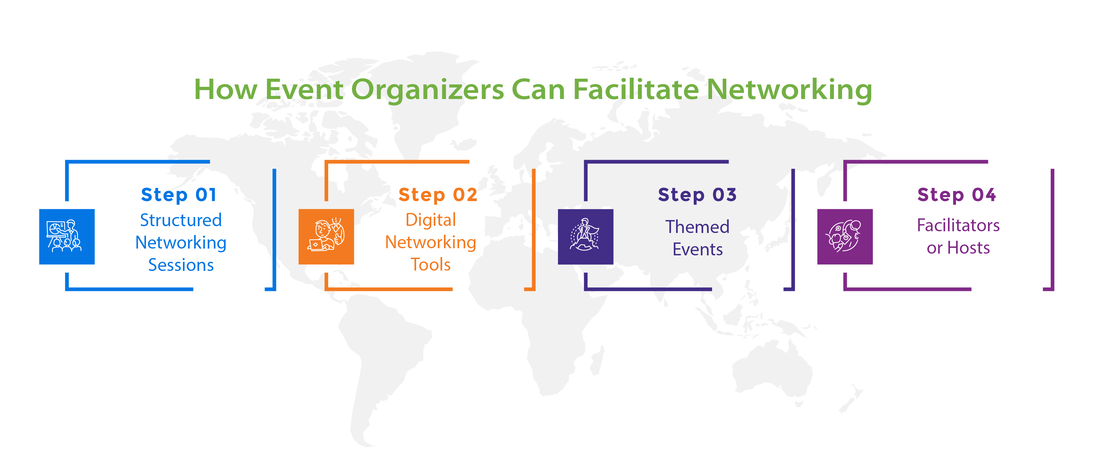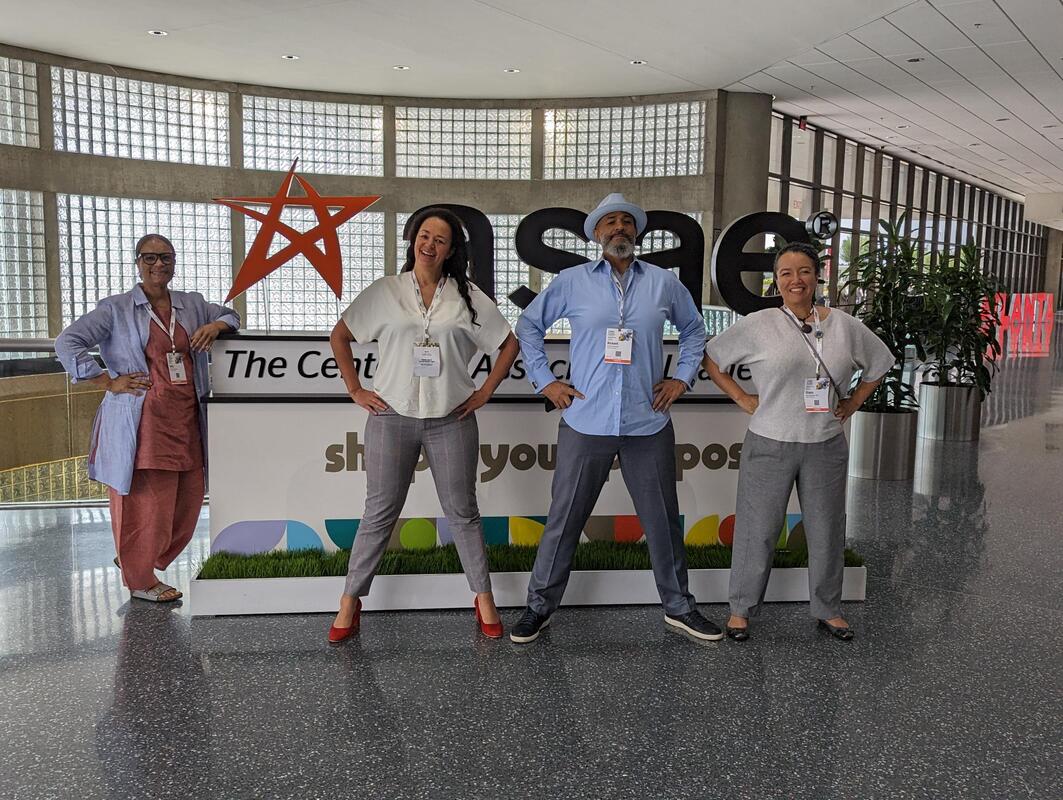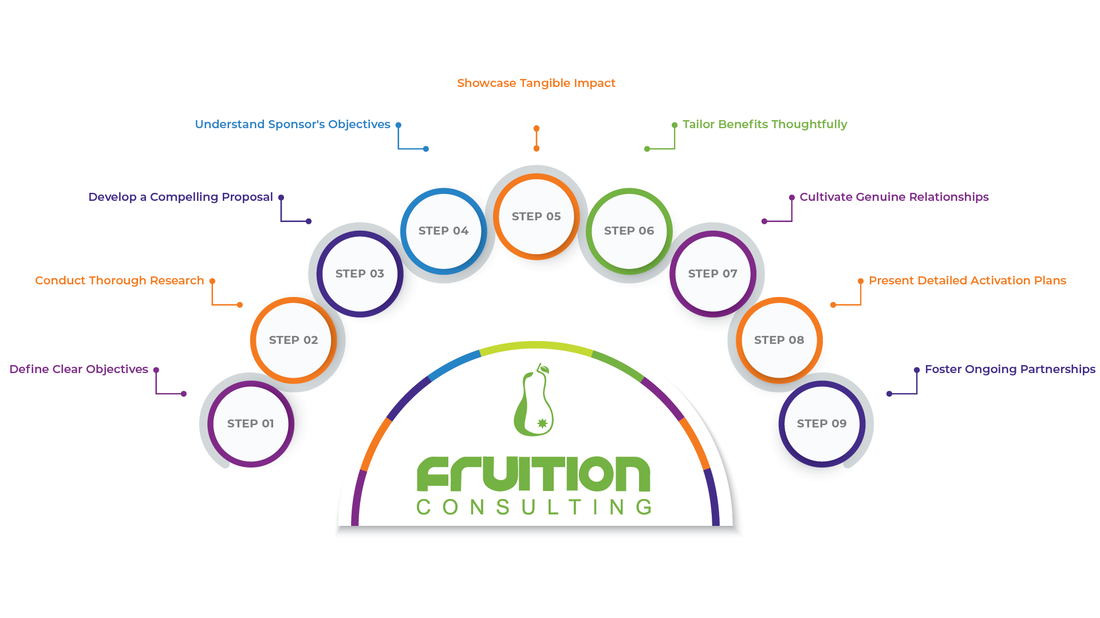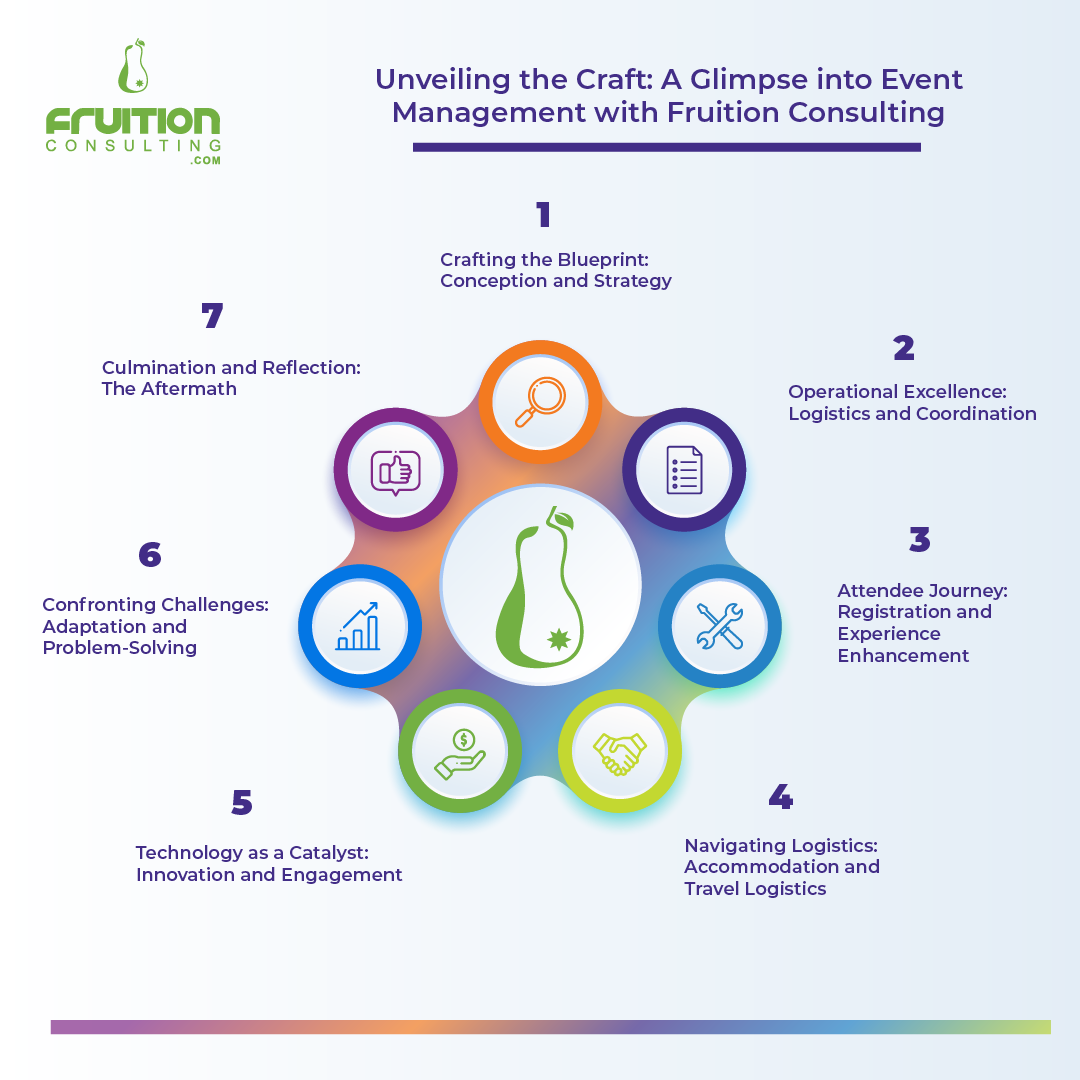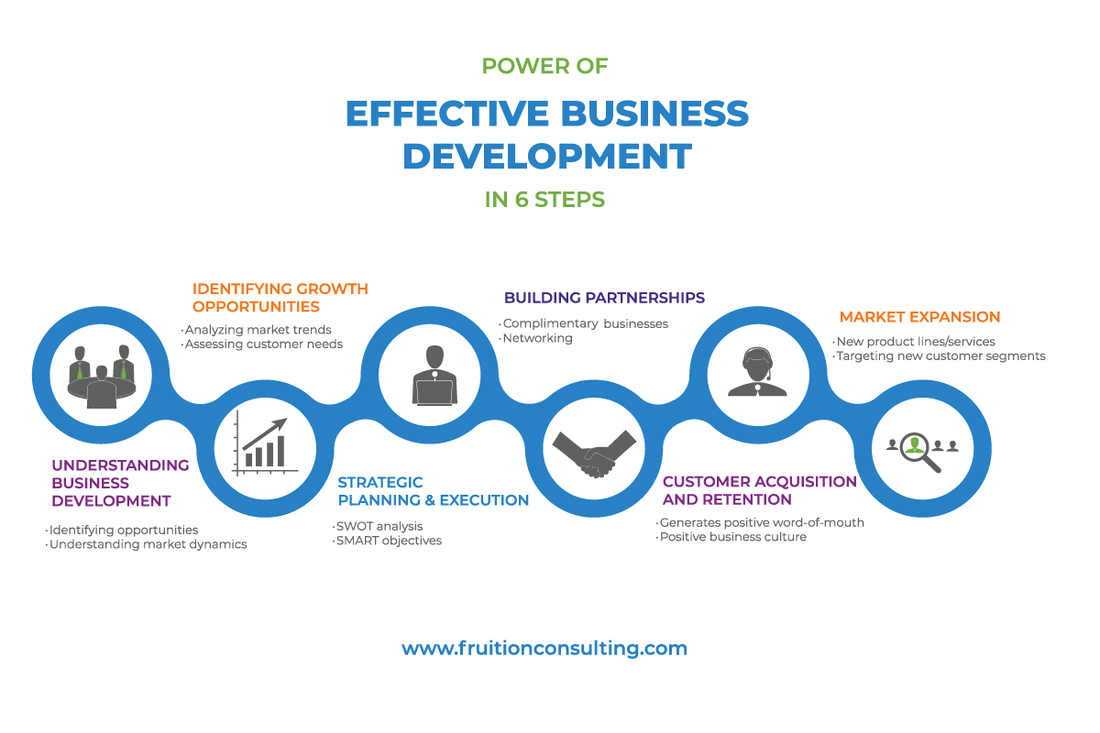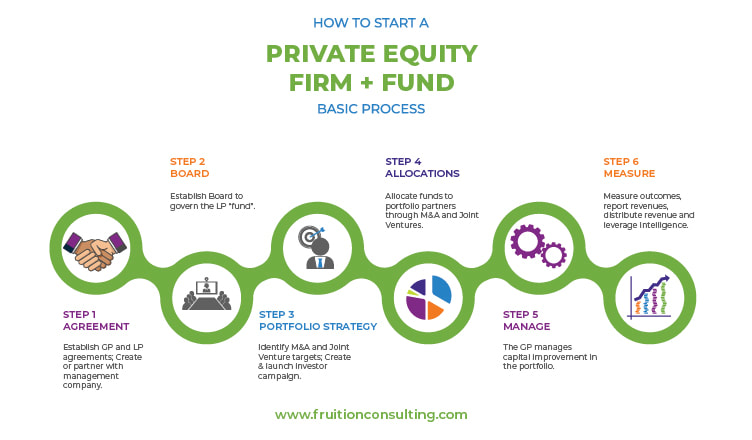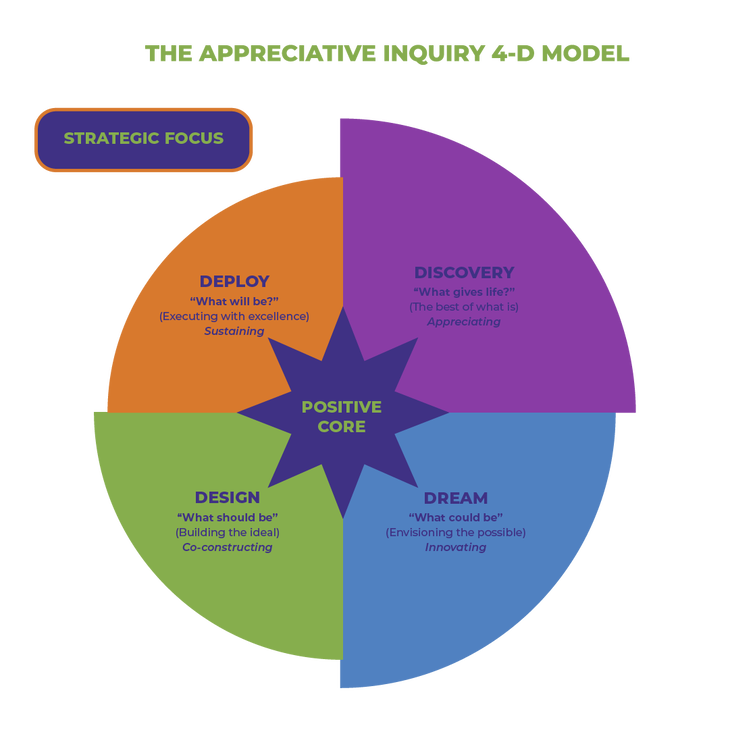|
As we bid farewell to 2023 and step into the new year, the event industry finds itself amidst a transformative renaissance. Throughout the past year, the event planning landscape has witnessed a convergence of trends that emphasize personalization, sustainability, and the seamless integration of technology to elevate efficiency. Let us delve into the top trends that defined event design in 2023:
1. Hybrid Events: A New Standard The advent of hybrid events marked a pivotal shift, blending in-person and virtual components to establish a new industry norm. By offering the versatility of both realms, these events provided a flexible and accessible experience for attendees, bridging the best of both worlds. 2. Data-Driven Insights: Shaping Event Experiences Harnessing the power of data-driven insights became a cornerstone of event planning and decision-making in 2023. Through the strategic utilization of data and technology, event planners were empowered to customize experiences based on individual preferences, paving the way for more targeted and engaging events. 3. Personalization and Customization: Tailoring Experiences In response to increasingly discerning attendees, personalization and customization emerged as critical factors for event success. Leveraging data and technology, event planners crafted unique and memorable experiences tailored to the specific needs and preferences of their audiences. 4. Sustainability and Green Events: A Growing Imperative Commitment to sustainable and eco-friendly practices continued to gain momentum within the events industry. Event planners embraced renewable energy sources, implemented waste reduction measures through recycling and composting initiatives, and promoted integrative transportation options. Here are key tips for hosting sustainable events:
5. Immersive Experiences: Stimulating the Senses In response to the desire for unique and memorable encounters, event planners explored unconventional venues and employed cutting-edge technologies such as augmented reality (AR) and virtual reality (VR). Interactive elements were seamlessly integrated to create immersive experiences that captivated the senses and emotions of attendees. 6. AI Integration: Streamlining Event Management Artificial intelligence (AI) seamlessly integrated into event planning and management, enhancing efficiency through AI-powered tools and platforms. These innovations streamlined processes and elevated the overall attendee experience. 7. Year-Round Event Cycle: A Paradigm Shift The rise of hybrid events, along with an increased emphasis on personalization, led to a significant shift in the event industry. Events transformed into vital PR tools, and a year-round event cycle became more prevalent, ensuring continuous engagement with audiences. 8. Event Professionals Skills Development: Adapting to Change By acknowledging the evolving landscape, event professionals embraced ongoing skills development. The Event Leadership Institute responded by introducing new certifications, including pandemic response and event design, equipping professionals with the expertise needed to navigate the dynamic industry. As we embark on the journey into 2024, incorporating these trends into your event planning strategies will enable the fruition of exceptional and memorable experiences. Embrace the opportunities presented by hybrid events, data-driven insights, personalization, sustainability, and emerging technologies to distinguish your events in the competitive landscape, and eagerly anticipate the upcoming trends that will shape the industry in 2024.
0 Comments
In the dynamic landscape of professional and social circles, the concept of networking has become a cornerstone of success. Nowhere is this more evident than in the realm of events. Whether it's a conference, trade show, or social gathering, the ability to make meaningful connections can be a game-changer. In this article, we'll explore the significance of networking in events, delve into its transformative power, offer practical tips for attendees, and discuss how event organizers can foster a conducive environment. The Power of Networking At its core, networking is about building relationships, and events provide a fertile ground for these connections to take root. The power of networking lies in its potential to open doors for new opportunities and collaborations. Consider the entrepreneur who secures a critical partnership by striking up a conversation at a networking event, or the professional who lands their dream job through a connection made during a conference. These success stories underscore the quintessential impact of networking. Networking not only expands one's professional network, but also exposes individuals to diverse perspectives, ideas, and skill sets. Collaborations born from networking can lead to innovative projects and ventures that might not have materialized otherwise. The serendipity of meeting the right person at the right time can be a catalyst for professional growth and development. Networking Tips for Event Attendees Effective networking is both an art and a skill. For event attendees looking to make the most of their networking opportunities, consider these practical tips:
Event organizers play a pivotal role in creating an environment conducive to networking. Here are some strategies they can employ:
Networking is a potent force that can propel individuals and organizations to new heights. By recognizing the power of networking and implementing effective strategies, both attendees and event organizers can maximize the opportunities events offer. As you prepare for your next event, remember that the connections you make may be the key to unlocking a world of possibilities. Embrace the power of networking and watch how it transforms your professional journey. Event planning is an essential asset for businesses, offering a valuable platform to:
Firstly, events offer businesses the opportunity to connect personally with their target audience. The value of digital era face-to-face meetings with potential clients should not be overlooked in the pursuit of fostering genuine relationships and trust. Furthermore, when crafting captivating event experiences, businesses gain the opportunity to make a lasting impact on attendees and prospective clients, thereby forging meaningful partnerships that play a pivotal role in driving business growth.
One of the major advantages of attending events is the undeniable benefit of exploring networking opportunities. Events bring together experts from various industries, creating an environment conducive to building connections and strengthening existing relationships. Building a network of contacts can lead to conglomerates, partnerships, and joint ventures – all crucial for business development and expansion. The power of physical connection is a powerful tool for generating leads. Businesses can significantly increase their lead generation and conversions by engaging with event attendees, collecting their contact information, and implementing follow-up methods, which can help convert participants into clients. Secondly, events serve as a dynamic platform for businesses to showcase their products and services interactively. Exhibitions, product launches, and demonstrations allow companies to present their offerings directly to clients and partners, providing them with hands-on experiences. This targeted exposure arguably heightens customer interest and increases sales that contributes to the overall business growth strategy. Thirdly, exhibitions and trade shows typically feature panel discussions, workshops, and keynote speeches by industry professionals. These sessions provide a platform for sharing knowledge, discussing business trends, and gaining valuable insights that can be tested and reinforced by networking with other professionals. By participating in, or organizing such sessions, businesses can establish themselves as ‘thought leaders’ in their respective sectors. This not only enhances the brand image but also attracts a wider audience, increasing chances of significant business growth. In conclusion, whether as an exhibitor or attendee, business events have become an essential tool for companies aiming to enhance their growth plans. Events offer a plethora of opportunities to network, exchange information, launch and raise awareness of services and products, and generate leads. Additionally, events provide a platform for market research, which is invaluable for refining existing products or services, and developing offerings gained directly through feedback from consumer preferences, trends, and demands. Corporate sponsorships have become a cornerstone for non-profit organizations to strengthen their endeavors. These collaborations extend beyond financial support, offering a platform for amplified visibility, heightened credibility, and deeper community involvement. This guide presents a structured 10-step framework for non-profits aiming to secure corporate sponsorships effectively and systematically. 1. Define Clear Objectives:
The initial phase of this journey involves articulating the very essence of your organization's mission and delineating specific goals. As per insights from the National Council of Nonprofits, organizations that define their objectives clearly stand a 76% higher chance of attracting corporate sponsorships. This foundation offers prospective sponsors a precise understanding of your purpose and goals. 2. Conduct Thorough Research Study the corporate landscape to identify companies that endorse your cause. It is imperative to focus on corporations that demonstrate a history of supporting similar initiatives. Prioritize those that embrace robust corporate social responsibility (CSR) efforts. This approach is validated by a study from Cone Communications, revealing that over 80% of consumers show a distinct preference for companies engaged in philanthropic endeavors. 3. Develop a Compelling Proposal The proposal becomes your strategic envoy, bridging the gap between your mission and the sponsor's objectives. Crafting a comprehensive sponsorship proposal is pivotal. Studies have indicated that proposals that intricately outline mutual benefits exhibit a 60% higher probability of securing sponsorships. A meticulously structured proposal elucidates the value exchange and sets the stage for a prospective partnership. 4. Understand Sponsor's Objectives An in-depth comprehension of the sponsor's strategic goals is essential. Clearly articulate how your collaboration can facilitate their pursuits, whether it pertains to brand enhancement, employee engagement, or societal impact. Research by Edelman and Cone Communications demonstrates that a strong alignment with non-profit missions yields substantial enhancement of corporate image. 5. Showcase Tangible Impact Data, success stories, and testimonials are your tools to present the real-world impact of your initiatives. Non-profit organizations that substantiate their efficacy with quantifiable impact data stand a 68% higher chance of attracting corporate sponsors. Concrete evidence provides prospective partners with a clear understanding of the transformative change your organization brings about. 6. Tailor Benefits Thoughtfully Benefits tailored to align with the sponsor's strategic objectives are crucial. These encompass a spectrum of avenues - from heightened logo visibility to active participation in events, thought leadership opportunities, and strategic digital exposure. Research underscores that brand recall can witness a remarkable 42% increase through non-profit partnerships. 7. Cultivate Genuine Relationships Networking is an invaluable asset in this endeavor. Active participation in industry events, conferences, and seminars provides opportunities to forge authentic relationships with key decision-makers. These relationships, founded on shared values, form the bedrock of successful partnerships. 8. Present Detailed Activation Plans Outline a comprehensive strategy for activating the sponsorship across various channels. Research published in the Journal of Sponsorship underscores that detailed activation plans correlate with a 30% increase in sponsor satisfaction. Such plans elucidate the sponsor's integration into your initiatives and the envisioned exposure. 9. Foster Ongoing Partnerships After securing sponsorship, sustain communication and express gratitude for their support. The Association of Fundraising Professionals highlights that nurturing long-term partnerships can result in a 25% increase in overall funding. Regular updates on the project's progress foster transparency and demonstrate a commitment to mutual growth. In conclusion, securing corporate sponsorships is not merely about financial support; it is about forging strategic alliances. By methodically following these 9 steps, non-profit organizations have the opportunity to present themselves as valuable collaborators to corporations. These partnerships can be transformative, fostering mutual benefits and catalyzing positive change within society. Embarking on the journey of event management requires meticulous planning, where every step promises the fruition of unforgettable experiences. At Fruition Consulting, the role of an event manager is not just about orchestrating events; it's about composing seamless narratives that align with the client's vision and elevates their associate voice. Let us delve into the behind-the-scenes operations of a Fruition Consulting event manager, from inception to execution. Crafting the Blueprint: Conception and Strategy The process begins with a client's dream. A vision that the events manager thoroughly translates into a comprehensive strategy. This requires close collaboration and a profound understanding of the client's objectives. The manager conducts brainstorming sessions, integrating themes and innovative concepts that will form the foundation of the event. The goal is to encapsulate the essence of the client's vision while considering logistical feasibility, further manifesting it into a tangible reality. Operational Excellence: Logistics and Coordination
As the vision takes shape, the events manager shifts their focus to the operational intricacies. Venue selection, contract negotiation, catering arrangements, and technical setups become key areas of focus. This stage involves budget management, timeline adherence, and constant communication with a dedicated team of professionals who work harmoniously to ensure flawless execution. Attendee Journey: Registration and Experience Enhancement Transitioning from logistical intricacies, the spotlight moves to the attendees. The events manager oversees the event registration process, often leveraging sophisticated management software for efficient online registration and ticketing. This is where technology plays a pivotal role, streamlining attendee engagement and anticipation through automated communication channels. Navigating Logistics: Accommodation and Travel Logistics For events involving participants from different locations, the events manager takes on the role of orchestrating travel logistics and accommodation arrangements. Collaboration with partner hotels is vital in securing room blocks and ensuring attendee comfort. Seamless transportation coordination ensures a stress-free arrival for guests, maintaining the overall event experience. Technology as a Catalyst: Innovation and Engagement In an era where technology is integral, the events manager remains at the forefront of innovation. They harness video conferencing tools to facilitate virtual and hybrid events, ensuring a cohesive experience for both on-site and remote attendees. Post-event, technology aids in collecting valuable insights through surveys, enabling data-driven improvements for future events. Confronting Challenges: Adaptation and Problem-Solving The journey is not without its challenges. Last-minute changes, technical glitches, and unforeseen circumstances are par for the course. However, the events manager's ability to adapt and problem-solve distinguishes their expertise. Their composed demeanor and competent decisions ensure that events proceed seamlessly, leaving attendees with invaluable experiences. Culmination and Reflection: The Aftermath As the event concludes, the events manager takes a moment to reflect on the journey. Attendee satisfaction, positive feedback, and the achievement of objectives serve as validation. Post-event evaluations provide valuable insights for continuous improvement, shaping the manager's approach for upcoming projects. At Fruition Consulting, the role of an events manager is a culmination of professionalism, innovation, and detailed execution. From conceptualization to event completion, they navigate the complexities of event management, leaving no detail unattended. Through technology integration, solution-driven mindset, and dedication to crafting seamless experiences, the events manager brings client visions to life in a tangible and impactful way. Introduction: In today's competitive marketplace, businesses are constantly seeking ways to unlock their growth potential and reach their audience. While there are various strategies to achieve this, one approach stands out above the rest: Effective business development. Effective business development is a multifaceted and disciplined process that encompasses everything from strategy development to identifying unique expansion opportunities for your organization. Harnessing the essence of your company and cultivating growth potential is essential for businesses to compete, evolve, and achieve long-term success. In this blog, we will delve into the significant ways this integrative and nuanced approach can help foster the aptitude of your business.
Conclusion: Unlocking true growth potential and building a legacy is a continuous journey for any business. Effective business development serves as a powerful catalyst in this journey, enabling business leaders to identify untapped opportunities, forge strategic alliances, carve out positive company culture, and expand their market reach. By employing a systematic approach to business development, organizations can unlock their evolutionary potential, drive sustainability, and stay ahead in today's ever-evolving marketplace. Embracing the power of effective business development is essential for any business aspiring to achieve long-term success, and we’re here to guide you every step of the way. In today's economic landscape, the unlimited resources of large organizations and corporations often perpetuate barriers to economic equity, leaving small businesses with unclear pathways for growth. We recognize the need to address the challenges faced by small businesses, so we are providing this 3-point article that summarizes the self-reliant remedies from the Delete the Gap Initiative. Point 1: Unveiling the Biggest Challenges & Opportunities for Small Businesses The biggest challenge for small business is relying on "soloprenuer" hustle culture. The biggest opportunity for small business is to practice extremist teamwork combined with the principles of change leadership and private equity structure. Private equity formation is a universal small business empowerment strategy. Without understanding basic private equity management, it is impossible to optimize or scale small businesses. Utilizing the steps outlined within the infographic above, small businesses can unlock a wealth of opportunities to raise capital, enhance operational efficiency and leverage joint ventures for growth. Private equity strategy is the heart of Fruition Consulting's Delete the Gap initiative, which is dedicated to eliminating the divide between micro and macro businesses. Furthermore, Mike Moyer's Book Slicing Pie is also a standard reference for understanding how to create and distribute equity. Point 2: Essential Integrated Digital Skills The most important trade tools that empower small businesses are digital platforms. Below is a list of the most accessible and essential solutions that enhance digital administrative capacity and multimedia visibility while fueling growth through analytics and automation.
Point 3: Shifting Mindset To Prioritize Policy Engagement In her transformative book, "Lead From The Outside," Stacey Abrams shares a vital playbook for acquiring community-based, policy engagement skills and political power. Inspired by Abram’s powerful message, we emphasize the significance of policy engagement for small businesses as an equally important factor to raising capital. Additionally, we recommend combining the strategies of David Cooperrider and Diana Whitney’s Appreciative Inquiry with Stacey Abrams' Playbook, in order to develop policy authorship and engagement skills. These combined philosophies also equip small business teams with the best practices to navigate the psychological challenges of community based policy change. Policy engagement is an essential factor for creating a more equitable and inclusive world. The ultimate goal of policy engagement should be to create a new standard of compassionate capitalism. Written By Omni-prenuer & Co-founder of Fruition Consulting Richard C. McCaskill
Is it possible for an event management company to implement eco-friendly measures in an event?
Spoiler alert the answer is a big YES! During our journey as an event organizer, it has been of great importance to prioritize sustainability and implement eco-friendly measures in our events. With the growing concern for environmental issues, it continues to be our responsibility to minimize our impact on the environment whilst providing a memorable and successful event. Below are some sustainable tips you can also adopt for your next event:
By implementing these sustainable solutions, you can reduce the environmental impact of your event and create a positive impact on the community. Let's make a positive change for the environment, one event at a time. In the ever-changing landscape of the events industry, one thing is certain: the future of events will be a harmonious blend of virtual and in-person experiences. Hybrid events have emerged as a powerful solution, offering the best of both worlds. At Fruition Consulting, we recognize the growing demand and the remarkable benefits that hybrid events bring to the table.
Expanding Reach and Maximizing Impact: Hybrid events present a cost-effective alternative for businesses aiming to reach a wider audience and maximize the impact of their events. By eliminating the constraints of travel and accommodation, participants can join in from anywhere, transcending geographical boundaries. This enhanced accessibility allows event organizers to expand their reach, attract more attendees, and ultimately boost revenue. Flexible Experiences for Participants: From a participant's perspective, hybrid events offer a level of flexibility that caters to individual preferences and circumstances. Attendees have the freedom to choose between attending in person or engaging online. Virtual participants can enjoy live video streaming, actively participate in Q&A sessions, and network with other attendees through virtual meeting tools. In-person attendees, on the other hand, can relish face-to-face interaction and valuable networking opportunities with fellow participants and speakers. Advancing Technology for Enhanced Engagement: As the events industry continues to evolve, so does the technology that facilitates hybrid events. This evolution brings forth more sophisticated and integrated tools, enabling organizers to offer increasingly engaging and interactive experiences. Augmented reality, virtual reality, gamification, and other innovative features will be seamlessly integrated, captivating attendees in exciting ways. Paving the Way for the Future: Hybrid events open up a promising future for businesses seeking to stay ahead of the curve in the events industry. They provide a flexible and cost-effective alternative to traditional events, all while maintaining the high-quality content and engagement opportunities that attendees expect. As we move forward, hybrid events will undoubtedly gain popularity and prevalence, reshaping the landscape of events as we know it. The era of hybrid events has dawned upon us, revolutionizing the way we gather and connect. Fruition Consulting embraces this transformative shift and encourages businesses to explore the boundless possibilities that hybrid events offer. With their ability to combine virtual and in-person experiences, expand reach, and provide flexibility, hybrid events are poised to shape the future of the event industry. Let us embrace this future together and thrive in the dynamic world of events. Here are five factors an association should consider when determining if they need to hire an event management company to plan their annual conference:
|
|
If You Want it Done... Bring it to Fruition!
LocationsSan Diego
Oakland Los Angeles |
Telephone |
|



